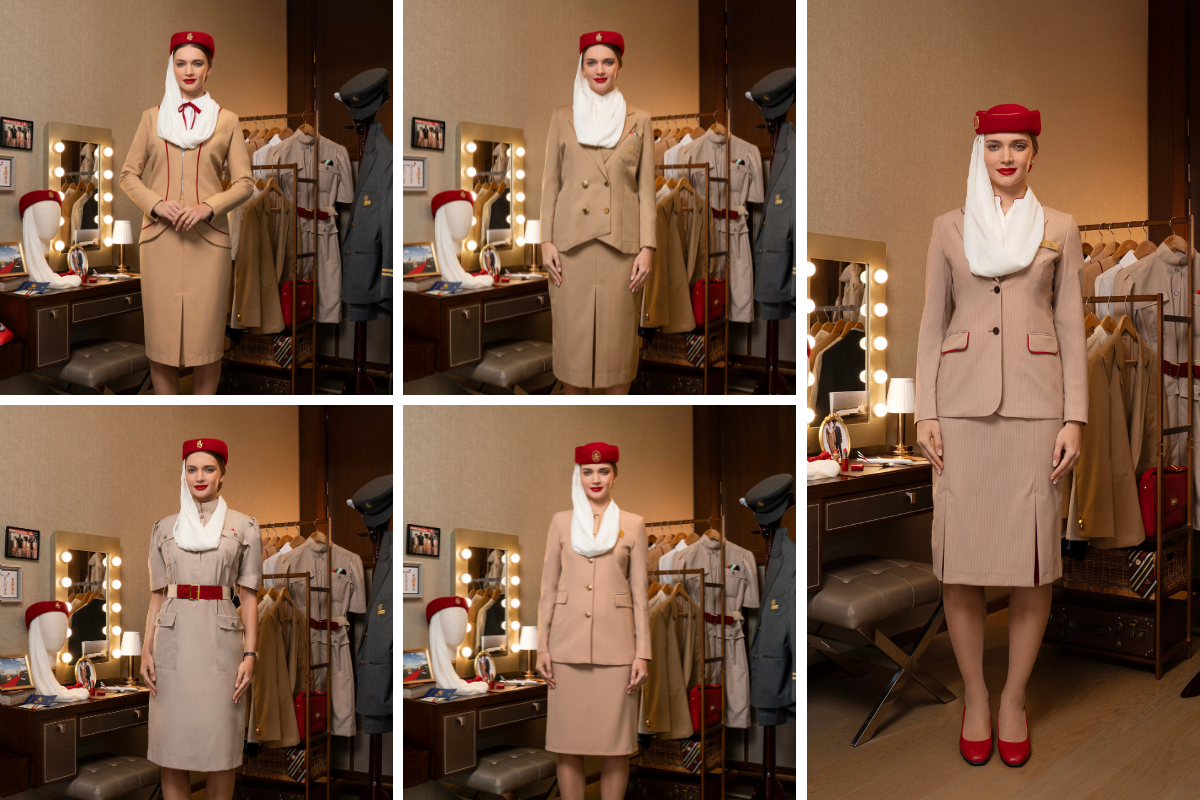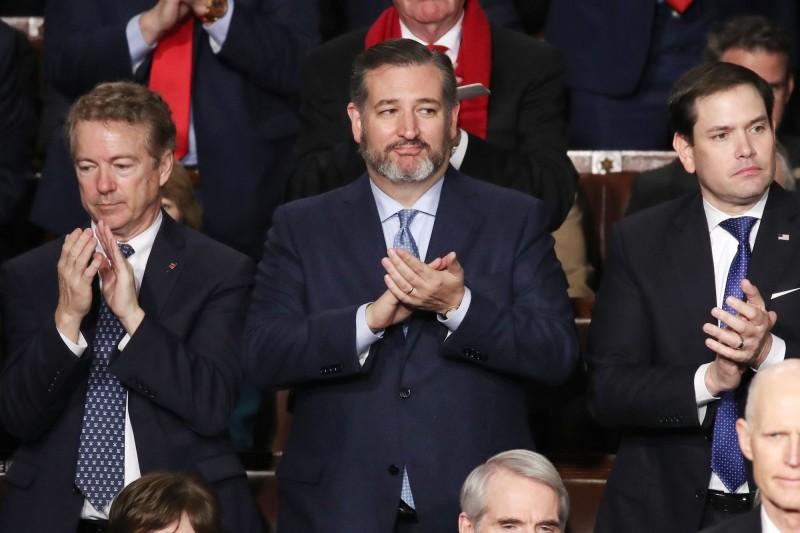Macron’s school uniform trial loses its funding

The introduction of uniforms in French state schools was touted by President Macron’s government as a victory for equality, hard work and substance over style. Unruly behaviour would subside and marks would improve, ministers said. They also hailed the new outfits as a barrier against radical Islam.
But their enthusiasm has failed to catch on in a country where state school pupils have long been used to dressing as they like.
Only 204 of France’s 59,650 schools signed up for the uniform trial, launched last January and supposed to last for two years. At least 15 have already given up the uniforms and more are set to follow after the government stopped subsidising them.
Officially, the trial is still running, with the education ministry due to report on its impact on classroom behaviour. But commentators say it is effectively finished.
The “common outfits”, as they were styled, were free to families
PASCAL LACHENAUD/GETTY IMAGES
Sophie Primas, the government spokeswoman, seemed to agree this week, telling LCI, the rolling news channel: “I regret that things are stopping for budgetary reasons. We should have gone to the end [of the trial]. It’s a shame.”
Uniforms were obligatory in secondary schools in the early 19th century under Napoleon Bonaparte but soon fell out of fashion. Later, primary pupils had to wear a smock to keep their clothes clean but this disappeared after the 1960s. Although some private schools have uniforms, they are all but absent in state education — or at least they were until Macron’s ministers sought to introduce them under a drive to restore the authority of teachers, who said they were increasingly contested not only by pupils but also by parents.
The word “uniform” was absent from government press releases, perhaps because it was seen as too divisive or Anglo-Saxon. Instead, spin doctors hailed the arrival of a “common outfit” for pupils. In practice, this generally consisted of a blue or grey jumper and sweatshirt along with three T-shirts and three polo-neck shirts, all financed by public funds and free for families.
This, ministers said, would “reinforce cohesion between pupils, improve the climate in schools, contributing to … an atmosphere of work and equality [and] … creating a sentiment of belonging and unity.”
The education ministry promised an end to the “reign of appearance” and a reinforcement of France’s secular values, with pupils no longer under pressure to wear religious garments.
It said that if the experiment proved successful, “common outfits” would be introduced in all French state schools in 2026.
Only 204 schools signed up for the government trial
JEAN-CHRISTOPHE VERHAEGEN/GETTY IMAGES
Brigitte Macron, the first lady, who went to a uniform-wearing private Catholic school in Amiens, northern France, backed the plan. “Fifteen years of a navy blue short skirt and a navy blue jumper was not a problem for me,” she said. “It erases differences and you save time and money.”
Yet she may have underestimated the cultural barrier. “We are very attached to freedom and my daughter wants the freedom to dress as she likes and she does not want [to wear a uniform],” Alice, the mother of a year 5 pupil in a primary school in Plouisy, Brittany, told France 3, the state broadcaster. She was not alone. When the town’s mayor said its schools would take part in the trial last January, hundreds of parents and teachers protested and he was forced to back down.
Some heads decided to consult pupils on the introduction of uniforms, with a vote organised in Chape secondary school in Marseilles — 66 per cent voted against it and the plan was dropped.
In Troyes, northeastern France, where there was no such referendum, pupils at six primary schools were given uniforms. One child told Europe 1 radio: “A lot of my friends don’t wear [the uniforms] because they find them ugly.”
France’s dismal financial situation is another obstacle. The government had promised a subsidy of €100 per uniform, which cost about €200 each, with local authorities providing the rest. But with the country running a deficit equivalent to about 6 per cent of national wealth last year, ministers stopped funding the scheme.
Many local councils said they could not afford the uniforms and were pulling out, too.
If all French pupils were given free uniforms, the cost would be about €2 billion a year, with some economists saying France could scarcely afford that sort of public expenditure increase.
link







